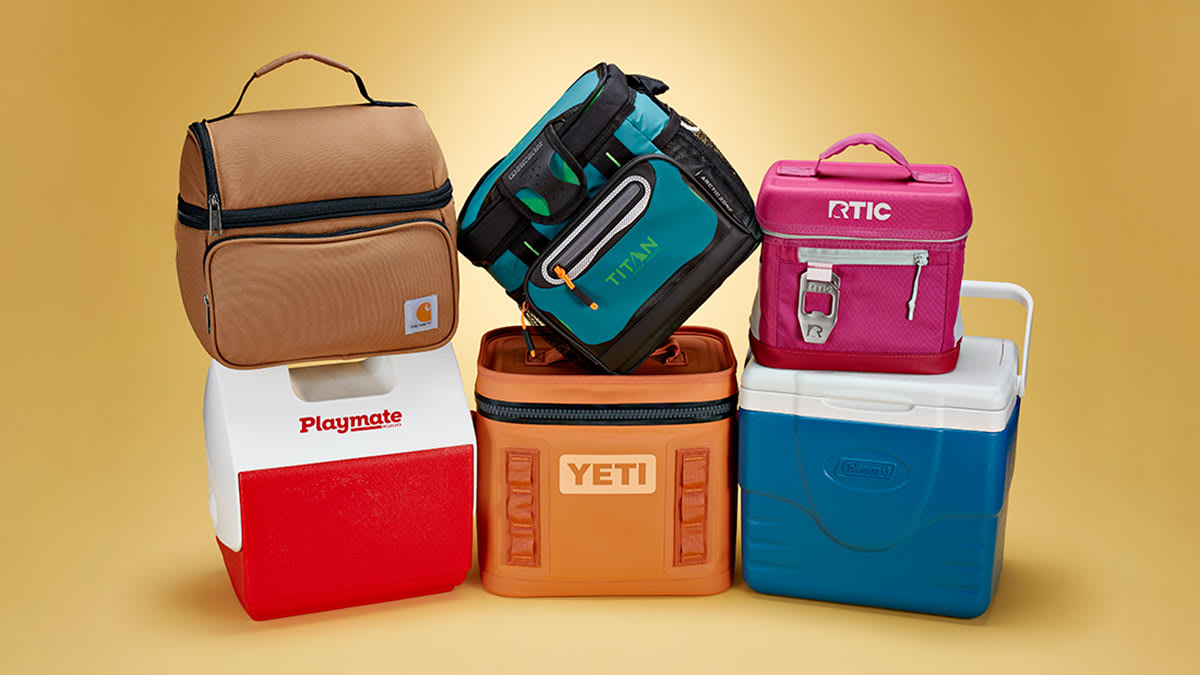
Away from the race track, paddle shifters are far less common. In CR’s survey, 60 percent of drivers who said the vehicle they drive most often had an automatic transmission said that it did not have paddle shifters. Sixteen percent said they did not know whether their vehicle had them or not.
“Paddle shifters come in a lot of luxury and performance-oriented cars, but that doesn’t mean people actually use them,” says Gabe Shenhar, associate director of CR’s Auto Test Center. “They’re fun if you’re into sporty driving, but if you’re just commuting, you are likely to not even think about them.”
Paddle shifters are easier to use and more forgiving than conventional manual transmissions, allowing drivers to shift without using a clutch or worrying about wrecking the engine. “Paddle shifters give you the option of manual shifting, sort of, and are also foolproof,” Shenhar says. “On most cars that have paddles, the car’s computer knows when to shift up to the next gear to avoid damaging the engine by winding the rpms too high, and it won’t let you shift into a lower gear if the speed is too high.”
A driver can use paddle shifters to keep the engine revs at a more optimal level when entering a corner, or to wind up the revs higher when they need more power before upshifting. Paddles also allow the driver to downshift and slow the car with engine braking, which uses engine deceleration to slow the car and help keep it at a steady speed on a long, steep downhill grade without overheating the brakes.
Before paddle shifters began appearing in passenger cars, drivers with automatic transmission-equipped vehicles could select from one of three or four possible gears. But with today’s eight-, nine-, and 10-speed transmissions, as well as continuously variable transmissions (CVTs), paddle shifters have become the norm in terms of a manual override available with an automatic transmission.
Alternatively, some cars have conventional console-mounted shifters that allow drivers to flick the gear selector to the side and manually select gears, usually by moving the stick back and forth, or with a button on the shifter handle. “That way works, but it’s not as convenient as paddles,” Shenhar says.
Still, most drivers who have paddle shifters use them rarely, if at all. While around a quarter (24 percent) of drivers with automatic transmission-equipped vehicles in CR’s survey said their car has them, only 9 percent said they use them at least occasionally. Eleven percent said that they never use the paddles, and 4 percent said the only time they’ve used them was when they accidentally bumped the paddles while driving.
“The only people who are going to want to use paddles are people who understand the sporty side of driving and want to use it for some performance advantage,” Andretti says. “Other than that, it really doesn’t accomplish much, and the average driver isn’t going to care.”
Source link









